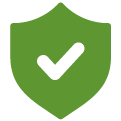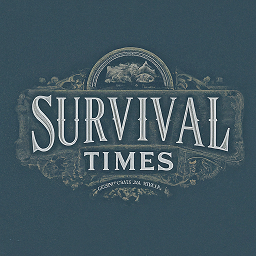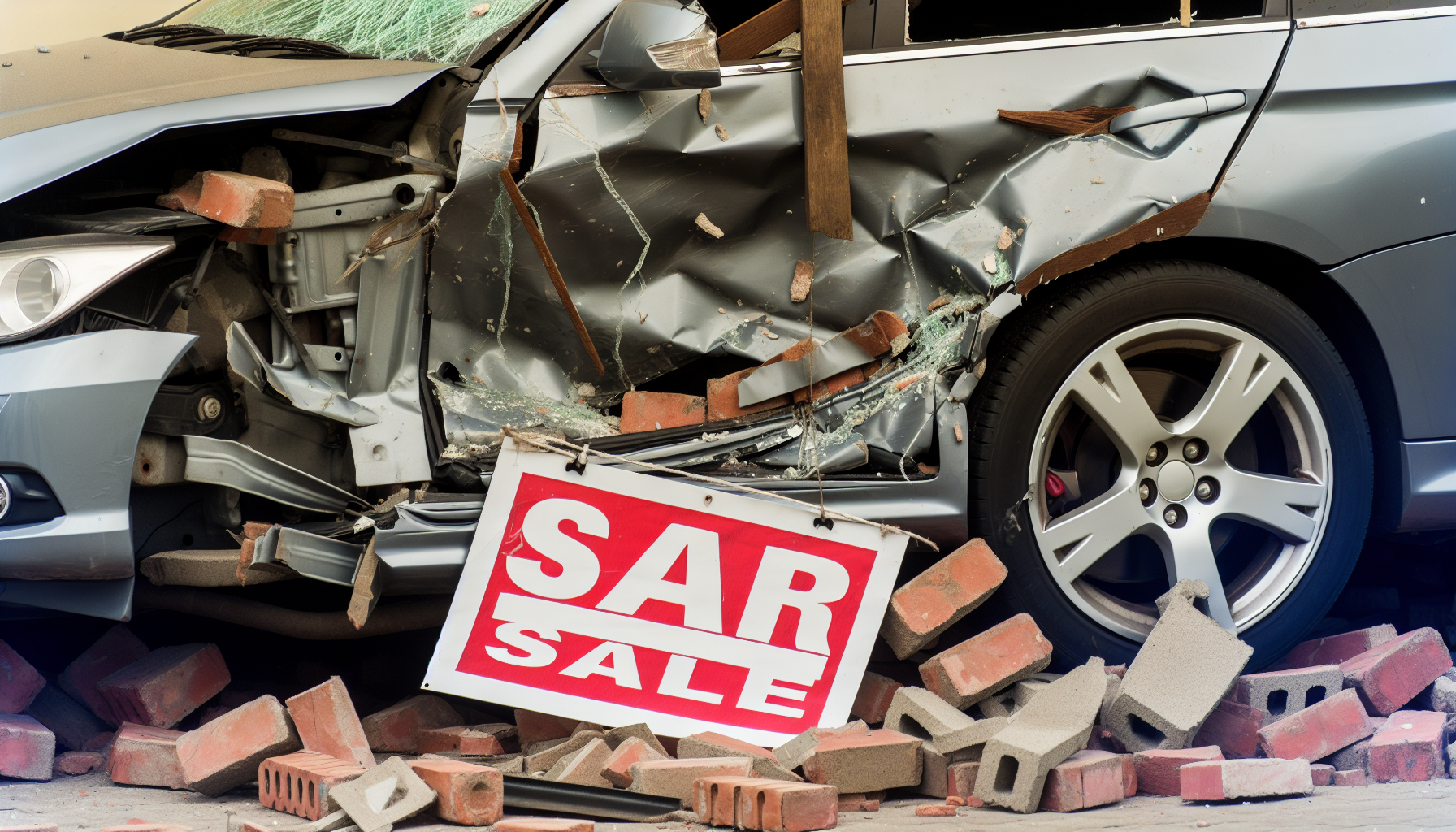Prepare Before
Stay Safe During
Stay Safe After
Additional Resources
An earthquake is a sudden, rapid shaking of the ground caused by the shifting of rocks deep underneath the earth’s surface. Earthquakes can cause fires, tsunamis, landslides or avalanches. While they can happen anywhere without warning, areas at higher risk for earthquakes include Alaska, California, Hawaii, Oregon, Puerto Rico, Washington and the entire Mississippi River Valley.
Prepare Before an Earthquake

The best time to prepare for any disaster is before it happens.
- Practice Drop, Cover, and Hold On with family and coworkers.
-
Make an Emergency Plan: Create a family emergency communications plan that has an out-of-state contact. Plan where to meet if you get separated. Make a supply kit that includes enough food and water for several days, a flashlight, a fire extinguisher and a whistle.
- Being prepared allows you to avoid unnecessary excursions and to address minor medical issues at home, alleviating the burden on urgent care centers and hospitals.
- Remember that not everyone can afford to respond by stocking up on necessities. For those who can afford it, make essential purchases and slowly build up supplies.
-
Protect Your Home: Secure heavy items in your home like bookcases, refrigerators, water heaters, televisions and objects that hang on walls. Store heavy and breakable objects on low shelves.
- Consider making improvements to your building to fix structural issues that could cause your building to collapse during an earthquake.
- Consider obtaining an earthquake insurance policy. A standard homeowner’s insurance policy does not cover earthquake damage.
Stay Safe During

If an earthquake happens, protect yourself right away:
- If you are in a car, pull over and stop. Set your parking brake.
- If you are in bed, turn face down and cover your head and neck with a pillow.
- If you are outdoors, stay outdoors away from buildings.
- If you are inside, stay and do not run outside and avoid doorways.
Protect Yourself During Earthquakes

1. Drop (or Lock)
Wherever you are, drop down to your hands and knees and hold onto something sturdy. If you’re using a wheelchair or walker with a seat, make sure your wheels are locked and remain seated until the shaking stops.
2. Cover
Cover your head and neck with your arms. If a sturdy table or desk is nearby, crawl underneath it for shelter. If no shelter is nearby, crawl next to an interior wall (away from windows). Crawl only if you can reach better cover without going through an area with more debris. Stay on your knees or bent over to protect vital organs.
3. Hold On
If you are under a table or desk, hold on with one hand and be ready to move with it if it moves. If seated and unable to drop to the floor, bend forward, cover your head with your arms and hold on to your neck with both hands.
Using a Cane?

Using a Walker?

Using a Wheelchair?

Stay Safe After

There can be serious hazards after an earthquake, such as damage to the building, leaking gas and water lines, or downed power lines.
- Expect aftershocks to follow the main shock of an earthquake. Be ready to Drop, Cover, and Hold On if you feel an aftershock.
- If you are in a damaged building, go outside and quickly move away from the building. Do not enter damaged buildings.
- If you are trapped, send a text or bang on a pipe or wall. Cover your mouth with your shirt for protection and instead of shouting, use a whistle.
- If you are in an area that may experience tsunamis, go inland or to higher ground immediately after the shaking stops. Avoid contact with floodwaters as they can contain chemicals, sewage, and debris.
- Check yourself to see if you are hurt and help others if you have training. Learn how to be the help until help arrives.
- If you are sick or injured and need medical attention, contact your healthcare provider for instructions. If you are experiencing a medical emergency, call 9-1-1.

Once you are safe, pay attention to local news reports for emergency information and instructions via battery-operated radio, TV, social media or from cell phone text alerts.
- Register on the American Red Cross “Safe and Well” website so people will know you are okay.
- Use text messages to communicate, which may be more reliable than phone calls.
- Be careful when cleaning up. Wear protective clothing, including a long-sleeved shirt, long pants, work gloves and sturdy thick-soled shoes. Do not try to remove heavy debris by yourself. Use an appropriate mask if cleaning mold or other debris. People with asthma and other lung conditions and/or immune suppression should not enter buildings with indoor water leaks or mold growth that can be seen or smelled. Children should not take part in disaster cleanup work.
Additional Resources
Videos
- When the Earth Shakes
- Earthquake Preparedness: How to Stay Safe
- Earthquake Safety Video Series (Great ShakeOut Earthquake Drills)
- Pablo y Paola Terremoto
Social Media and Graphics
Tip Sheets
- Earthquake Informational Poster (PDF)
- Earthquake Preparedness: What Every Childcare Provider Should Know (PDF)
- Earthquake Safety at Home (PDF)
- Resources for People With Disabilities (Earthquake Country Alliance)
More Information
- The Great ShakeOut: Earthquake Drills
- U.S. Geological Survey Earthquake Hazards Program
- American Red Cross
- Earthquake Country Alliance
- National Science Foundation
- National Institute of Standards and Technology
- Protective Actions Research for Earthquake

